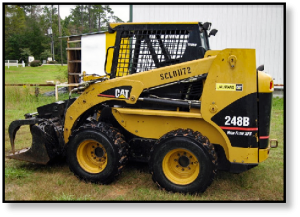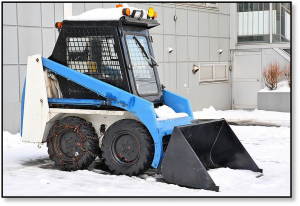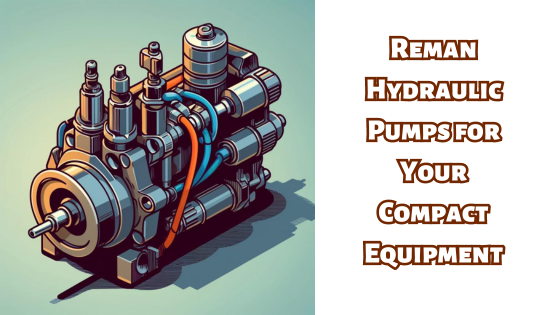Extreme Weather: Can You Keep Your Skid Steer Running?
Feb 9th 2019
When extreme weather hits, skid steers need a different approach to maintenance – whether its below freezing temperatures or hot enough to fry an egg on the concrete. In this Shop Talk blog post, we are going to discuss some things to keep in mind when running a skid steer in extreme temperatures.

Fluid Levels
Whether it’s hot weather or cold weather, fluids can be crucial to your skid steer’s health — whether its Bobcat, Caterpillar, etc. In the winter, you’ll want to keep a close eye on the antifreeze and washer fluid. This means not just watching the levels, but making sure they don’t freeze. In hot weather, on the other hand, you will need to check the coolant levels much more often.
Cooling Components
We’ve already talked about the need to keep track of coolant levels in hot weather. Another good tip is to keep skid steer cooling components — like your oil cooler or radiator — as clean as possible. The cleaner they are, the more likely they are to be operating at peak efficiency. This will increase the overall efficiency of your machine, and no doubt keep you a bit more comfortable, too
Lubrication
If you want your skid steer performing efficiently and have optimum lubrication, then don’t forget that the viscosity of the engine oil you use will depend on whether it’s hot or cold outside. For hot weather, you’ll need a high viscosity (thicker) grade of oil; for cold weather, you will need a thinner (lower viscosity) grade of oil. Failure to use an appropriate viscosity of lubricant can compromise the efficiency of your skid steer and lead to premature wear of critical parts.

Tire Pressure
Another item to keep an eye on is your tire pressure. Pressure is dependent on temperature, among other things, and when the temperatures experience a drastic drop the tire pressure will, too (though perhaps not quite as dramatically). You might notice your tires sagging when the tire pressure is low, and you will also note that you seem to have less power when trying to clear out snow. Be sure to check your owner’s manual to find out the recommended level of inflation, then check your tire pressure.
Corrosion Prevention

Our next concern primarily concerns winter: corrosion. Deicing salts are great for roads but they aren’t skid-steer friendly because they can corrosion. This corrosion includes not just the metal parts of the skid steer, but also rubber parts like hoses and seals. This can really do some damage to your final drive, too — which would be an expensive repair. You can apply a corrosion-inhibitor to the metals parts, but what about the rubber parts? It turns out that the best way to take care of your skid-steer is to rinse it off after its been used around any type of corrosive media (deicing salts, fertilizers, etc.).
Cold Weather and Fuel
If you are working with your skid steer in extremely cold temperatures, you will want to consider using a fuel that’s been rated for such temperatures. Fuel can react in interesting ways to cold – including diesel fuel, which can actually become a gel. Areas that experience extreme cold regularly usually have a winter fuel available. Winter fuels have either been blended or refined to keep them flowing freely even in freezing temperatures.
Conclusion
Are you going to be using your skid steer in freezing cold or burning heat? Then don’t forget to keep an eye on your skid steer fluids, check your tire pressure, use an appropriate viscosity engine oil, clean up your skid steer after exposure to corrosive materials, and use a fuel rated for cold weather when appropriate. This will help keep your skid steer running efficiently and help you to avoid needless downtime!








